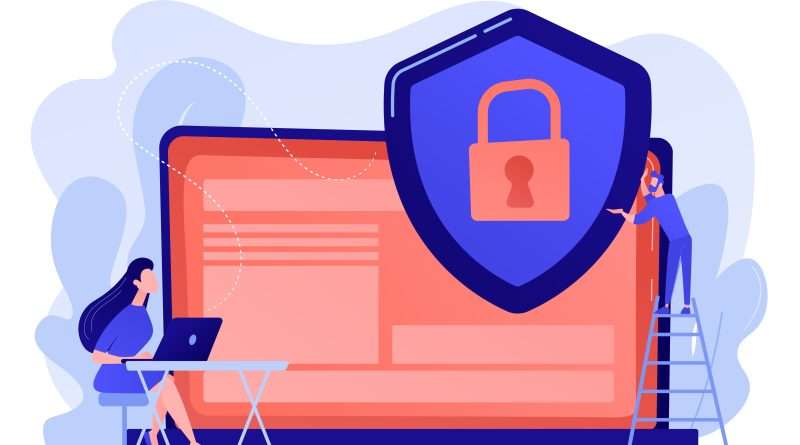Protecting the site from viruses and hackers: Practical tips

Читаючи статтю "Protecting the site from viruses and hackers: Practical tips", зверніть увагу на основні наші послуги створення інтернет магазину, сайт візитка. Дивіться усі наші - Ціни на створення сайту. Ми також робимо рекламу та розкрутку сайтів. Робіть замовлення сьогодні!
Protecting the site from viruses and hacker attacks is one of the most important tasks for any website owner or administrator
Hackers and attackers are always looking for weak points to gain access to your site and use it for their own purposes. Here are some practical tips for protecting your site.
Keep your software up to date
It is important to periodically update all components of your site. Including the operating system, web server, database, and any installed plugins or extensions. Attackers are constantly looking for vulnerabilities in applications. And the lack of updates can be an easy path for them to gain access.
Use strong passwords
Strong passwords are the first layer of defense against hackers. They must be long, complex and contain a combination of letters, numbers and special characters. Use different passwords for different accounts and change them regularly.
Use SQL injection protection
SQL injection is one of the most common methods of attacks on websites. Use parameterized queries to interact with the database and validate input data to avoid the possibility of injecting malicious SQL code.
Turn on the firewall
Using a firewall will help you filter unwanted traffic and protect your site from DDoS attacks and other threats.
Protect administrative access
Restrict access to the admin panel and other important parts of the site. Set limits on the IP addresses that can access these resources and use two-factor authentication for added protection.
Make regular backups
Regular data backups are an important component of site security. If an attack or incident occurs, you will be able to recover your data and get your site back up and running quickly.
Use HTTPS
With the help of HTTPS, you can encrypt the data transfer between the server and the user, which makes it impossible to intercept information, and browsers mark unprotected sites as dangerous.
Validate input data
Scan all user input on your site for malicious code or potential threats.
Monitor site activity
Use monitoring tools to track activity on your site. This will help to detect suspicious actions in time and react to them.
Educate your team and users
Your staff and users should also be aware of basic safety rules. Provide security training and provide them with information about potential threats.
Protecting your site from viruses and hacker attacks is an ongoing process, and it is important to always be on guard. Together with the observance of these tips, you will be able to reduce the risks and ensure reliable protection of your web resource.


